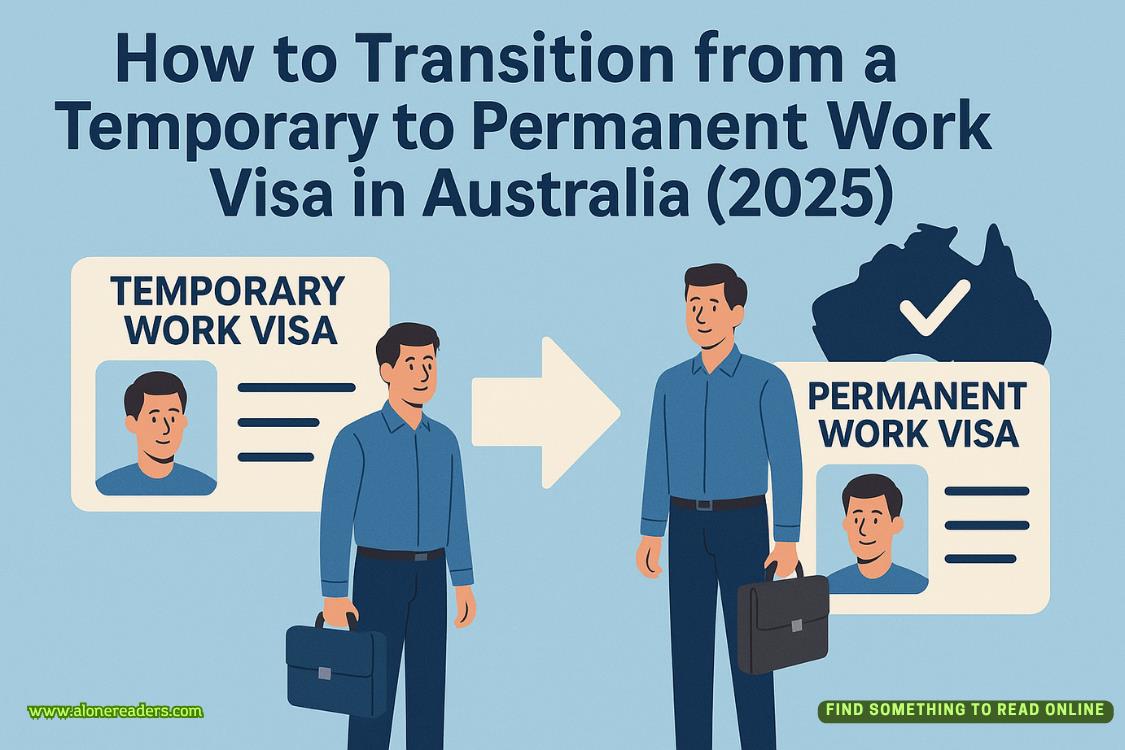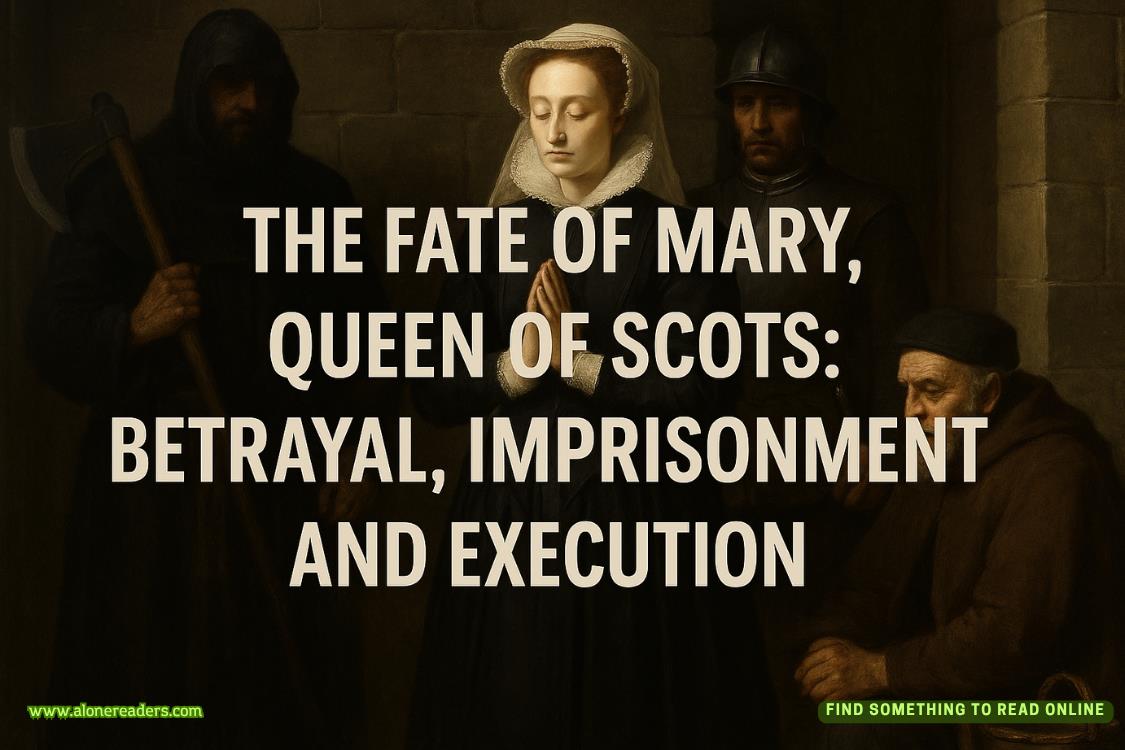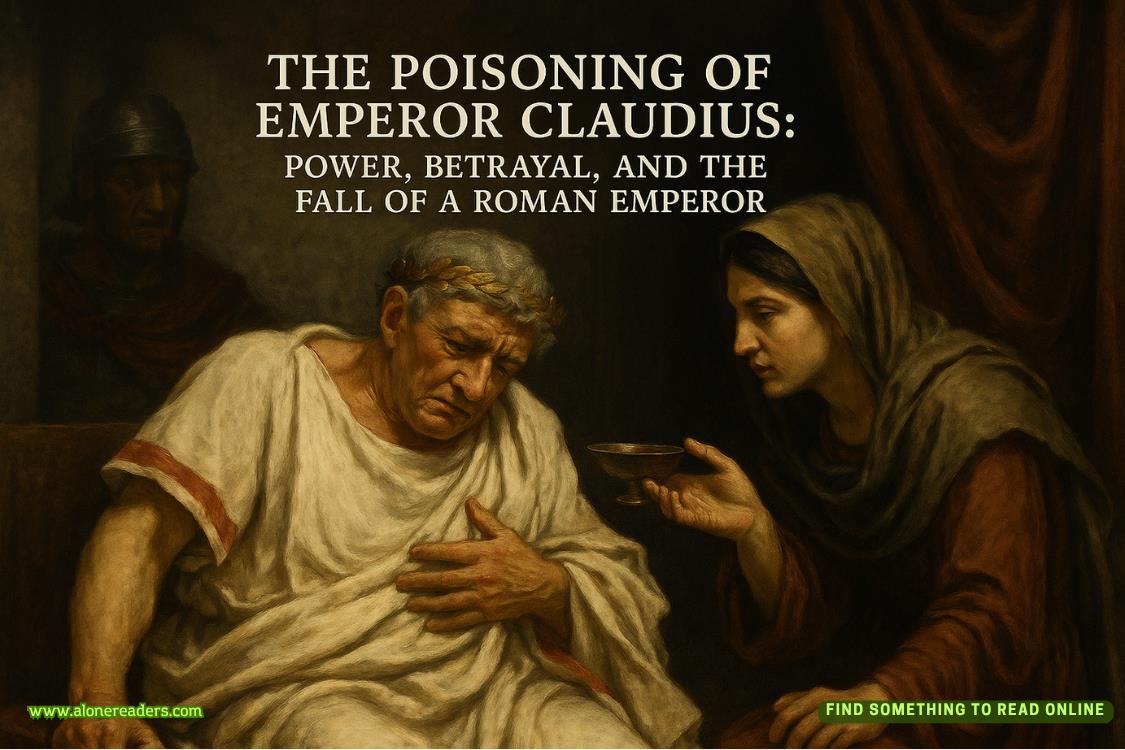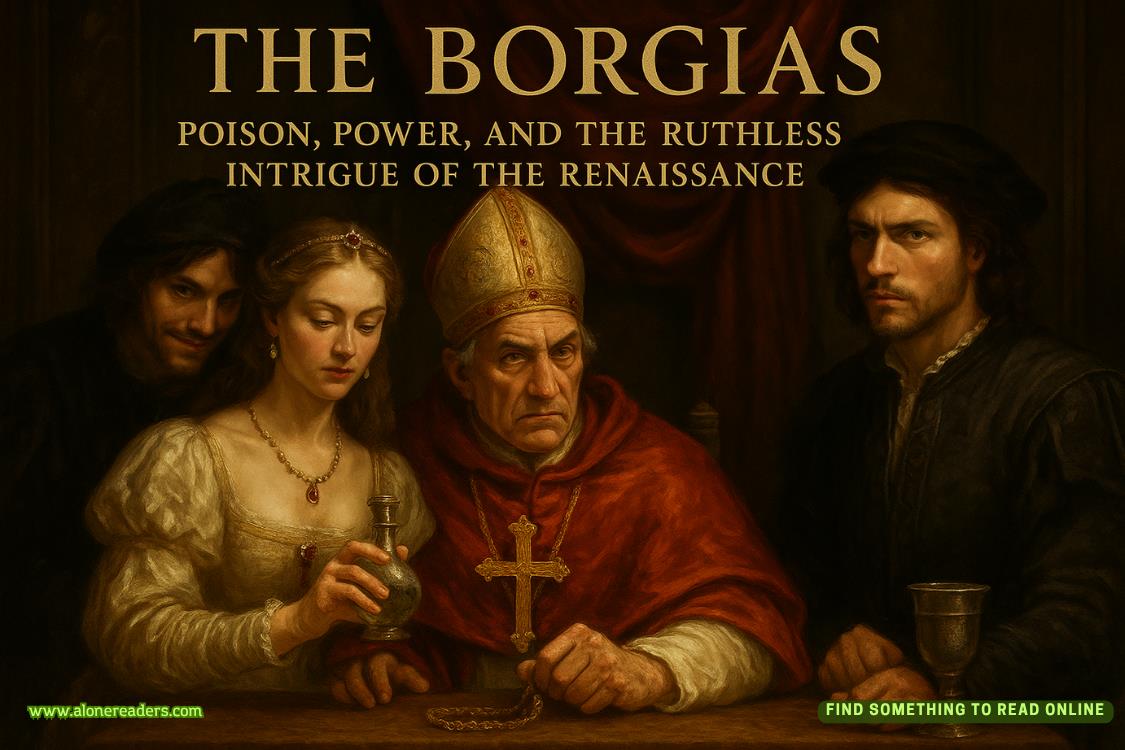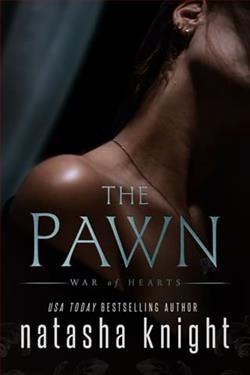“Please be seated,” Judge Gantry said loudly into the microphone before him. Just as suddenly as the crowd had jumped to its feet, it fell backward in one collective motion. Chairs squeaked. Benches cracked. Purses and briefcases were rearranged, and the two hundred or so people all seemed to exhale at once. Then everything was quiet.
Judge Gantry quickly surveyed the courtroom. As expected, it was filled to capacity. “Well, we certainly have a lot of interest today,” he said. “Thank you for your presence.” He glanced up at the balcony, made eye contact with Theo Boone, then smiled at the presence of his classmates sitting shoulder to shoulder, all frozen at attention.
“The matter at hand is the case of the State versus Mr. Peter Duffy. Is the State ready to proceed?”
Jack Hogan, the prosecutor, stood and announced, “Yes, Your Honor, the State is ready.”
“Is the defense ready to proceed?”
Clifford Nance rose and solemnly said, “We are ready, Your Honor.”
Judge Gantry turned to his right, looked at his jury, and said, “Now, ladies and gentlemen of the jury, you were selected last week, and when you left here I gave you specific instructions not to discuss this case with anyone. I warned you that if anyone tried to approach you and discuss the case, then you were to notify me. I now ask if that has happened. Any contact from anyone about this case?”
All jurors shook their heads in the negative.
“Good. We have disposed of all pretrial motions, and we are now ready to begin. At this stage of the trial, both sides will have the opportunity to address you directly and make what we refer to as opening statements. An opening statement is not proof, not evidence, just a summary of each side’s version of what happened. Since the State has the burden of proving guilt, the State will always go first. Mr. Hogan, are you ready?”
“Yes, sir.”
“You may proceed.”
Theo had been unable to eat breakfast, and he’d slept little. He’d read many stories of athletes who were so nervous they couldn’t eat or sleep before a big game. They were overcome with butterflies, queasy stomachs brought on by fear and pressure. Theo could certainly feel the pressure right now. The air in the courtroom was heavy and tense. Though he was only a spectator, he had the butterflies. This was the big game.
Mr. Hogan was a career prosecutor who handled the major cases in Strattenburg. He was tall, wiry, bald, and wore a black suit every day. Behind his back folks joked about his black suits. No one knew if he had only one or a couple dozen. Though he rarely smiled, he began his opening statement with a friendly “good morning” and introduced himself and the two younger prosecutors at his table. He did a nice job of breaking the ice.
Then he got down to business. He introduced the victim, Myra Duffy, by showing the jury a large color portrait of her. “She was only forty-six years old when she was murdered,” he said gravely. “The mother of two sons, Will and Clark, both college students. I’d like for them to stand.” He pointed to the front row, directly behind the prosecution’s table, and the two young men stood awkwardly and looked at the jurors.
Theo knew from the newspaper reports that their father, her first husband, had been killed in a plane crash when they were little boys. Mr. Duffy was her second husband, and she was his second wife.
People liked to say that there was a lot of remarrying “out at The Creek.”
Mr. Hogan was describing the crime. Mrs. Duffy had been found in the living room of the large contemporary home she shared with Mr. Duffy. It was a new home, less than three years old, and it was on a wooded lot that backed up to the golf course. Because of all the trees, the house was barely visible from the street, but then the same could be said of most of the homes at Waverly Creek. Privacy was important out there.
When her body was found, the front door of their home was unlocked and slightly open. The alarm system was in Standby mode. Someone had taken her jewelry from her closet, a set of antique watches owned by Mr. Duffy, and three handguns from a drawer by the television in the den. The estimated value of the missing loot was about thirty thousand dollars.
The cause of death was strangulation. With the approval of Judge Gantry, Mr. Hogan stepped to a projector, hit a button, and a large color photo appeared on a screen opposite the jury. It showed Mrs. Duffy lying on the carpeted floor, well dressed, seemingly untouched, her high-heeled shoes still on her feet. Mr. Hogan explained that on the day she was murdered, a Thursday, she’d had a luncheon date at noon with her sister. Apparently, she was ready to leave the house when she was attacked and killed. Her murderer then went through the house, took the items that were missing, and left. Her sister began calling Mrs. Duffy’s cell phone, ten calls over the next two hours, and became concerned enough that she drove to Waverly Creek, to the Duffy home, and found her sister. As far as crime scenes go, this one looked rather peaceful. The victim could’ve simply fainted. At first, her sister and the police thought she had died of a heart attack or a stroke or some other natural cause. But given her age, fitness, and no history of drug abuse, they quickly became suspicious.
An autopsy revealed the true cause of death. The person who killed Mrs. Duffy grabbed her from behind and pressed firmly on her carotid artery. Mr. Hogan placed his fingers against his own carotid artery, on the right side of his neck. “Ten seconds of firm pressure in just the right place and you lose consciousness,” he said, then waited while everyone else waited to see if he might just collapse himself right there in open court. He did not. He continued, “Once Mrs. Duffy passed out, her killer kept pressing, firmer and firmer, and sixty seconds later she was dead. There are no signs of struggle—no broken fingernails, no scratches, nothing. Why? Because Mrs. Duffy knew the man who killed her.”
Mr. Hogan dramatically turned and glared at Mr. Duffy, who was seated between Clifford Nance and another defense lawyer.
“She knew him because she was married to him.”
There was a long, heavy pause as the entire courtroom looked at Mr. Duffy. Theo could see the back of his head. He wanted desperately to see his face.
Mr. Hogan continued, “He was able to get so close because she trusted him.”
Mr. Hogan stood by the projector and displayed more photographs. Using them, he laid out the entire scene—the interior of the house, the front door, the rear door, the close proximity to the golf course. He used a photo of the main entrance of Waverly Creek, with its heavy gates and guardhouse and security cameras. He explained that it was highly unlikely that an intruder, even a clever one, could breach all that security. Unless, of course, the intruder was not really an intruder because he lived there, too.
None of the neighbors saw a strange vehicle leave the Duffy home. No one saw a stranger walking the streets, or running from the house. Nothing unusual was reported. In the past six years, there had been only two home burglaries at Waverly Creek. Crime was virtually unheard of in this quiet community.
On the day of the murder, Mr. Duffy played golf, something he did almost every Thursday. He teed off at 11:10 a.m., according to the computer log in the golf shop. He was alone, which was not unusual, and, as always, he used his own electric golf cart. He told the course starter that he planned to play eighteen holes, the North Nine and the South Nine, the two most popular courses. The Duffy home bordered the sixth fairway of the Creek Course, a smaller course preferred by the ladies.
Mr. Duffy was a serious golfer who always kept score and didn’t cheat. Playing eighteen holes alone usually took about three hours. The day was overcast, cool, and windy—weather that would discourage most people from playing golf. Other than a foursome that had teed off at ten twenty, there was no one else on any of the three courses at eleven ten. Another foursome teed off at one forty.
Mrs. Duffy’s sister found her and immediately called 911. The call was recorded at 2:14 p.m. The autopsy placed her time of death at around eleven forty-five.
With the help of an assistant, Mr. Hogan set up a large diagram of the Waverly
Creek community. He identified the three golf courses, the golf shop, driving range, tennis courts, and other points of interest, then he showed the jury the location of the Duffy home on the Creek Course. According to tests the State had performed, Mr. Duffy was either on the fourth or fifth hole of the North Nine at the time of his wife’s murder. Riding in a golf cart identical to the one owned by Mr. Duffy, a person could travel from that part of the course to the Duffy home on the sixth fairway in about eight minutes.
Peter Duffy looked at the diagram and slowly shook his head as if Mr. Hogan was full of nonsense. He was forty-nine years old with a dark, scowling face topped by thick, graying hair. He wore horn-rimmed glasses, a brown suit, and could easily have been mistaken for one of the lawyers.
Jack Hogan drove home the point that Mr. Duffy knew his wife was home, obviously had access to his own house, was in a golf cart only minutes away at the time of the murder, and was playing golf at a time when the course was practically deserted. His chances of being seen were slim.
“He planned it very well,” Mr. Hogan said, over and over.
The mere fact that a good lawyer kept saying that Mr. Duffy killed his wife made his theory sound believable. Repeat something enough and folks will start to believe it. Mr. Mount had always taken the position that the presumption of innocence is a joke nowadays. The presumption is one of guilt. And, Theo had to admit, it was difficult to think of Mr. Duffy in terms of innocence, at least in the opening minutes of the trial.
Why would Mr. Duffy kill his wife? Mr. Hogan posed this question to the jury in such a way that it was obvious he had the answer.
“Money, ladies and gentlemen.” With great drama, he snatched a document from his table and announced, “This is a life insurance policy for one million dollars purchased by Mr. Peter Duffy two years ago insuring the life of his late wife, Myra Duffy.”
Dead silence. The guilt seemed to grow heavier.
Mr. Hogan flipped through the policy as he discussed it, and seemed to lose some steam. When he was finished with it, he tossed it back on his table, then launched into a rambling discussion of Mr. Duffy’s business woes. He was a real estate developer who had scored big, lost big, and at the time of his wife’s death was being squeezed by some banks. Mr. Hogan promised the jury that the State would prove that the defendant, Peter Duffy, was on the verge of going broke.
Thus, he needed cash. As in life insurance money.
There was more on the subject of motive. Mr. Hogan said that the jury would learn that the Duffy marriage had not been a happy one. There had been problems, and lots of them. They had separated on at least two occasions. Both had hired divorce lawyers, though neither had ever filed for divorce.
To wrap things up, Mr. Hogan stood as close as possible to the jurors and gave them a serious look. “This was a cold-blooded murder, ladies and gentlemen. Perfectly planned and carefully executed. Not a hitch. No witnesses, no evidence left behind. Nothing but a lovely young woman brutally choked to death.” Mr. Hogan suddenly closed his eyes, tapped the side of his head, said, “Oh, I forgot something. I forgot to tell you that two years ago when Mr. Duffy bought the life insurance policy, he also began playing golf alone. He’d seldom played alone before then, and we’ll bring in witnesses to prove it. Isn’t that a coincidence? He planned this for two years. Quietly fitting his golf game around his wife’s schedule, just waiting. Waiting for a cold and windy day so the course would be empty. Waiting for the perfect moment to sprint home, park his cart next to the patio, hustle through the back door, “Hi, honey, I’m home,” then grab her when she wasn’t looking. One minute later, she’s dead. He’d planned this for so long, he knew just what to do. He grabbed her jewelry, grabbed his expensive watches, and grabbed the guns so the police would think it was the work of a burglar. Seconds later he was out the door, back in the golf cart flying along the fairways to number five on the North Nine, where he took a four iron, casually hit a nice shot, and finished another lonely game of golf.”
Mr. Hogan paused. All was silent. He picked up his legal pad and returned to his seat. Ninety minutes had passed. Judge Gantry rapped his gavel and said, “Let’s take a ten-minute recess.”
Mr. Mount gathered his class at the end of a narrow hallway on the second floor. The boys were chatting excitedly about the drama they’d just witnessed. “This is much better than television,” one said.
“All right,” Mr. Mount said, “you’ve heard only one side of the case. Just for fun, though, how many think he’s guilty?”
At least a dozen hands shot up. Theo wanted to vote yes for guilt, but he knew it was premature.
“What about the presumption of innocence?” Mr. Mount asked.
“He did it,” said Darren, the drummer. Several others voiced their agreement.
“He’s guilty,” said Brian, the swimmer.
“There’s no way he’s getting off.”
“He planned it perfectly.”
